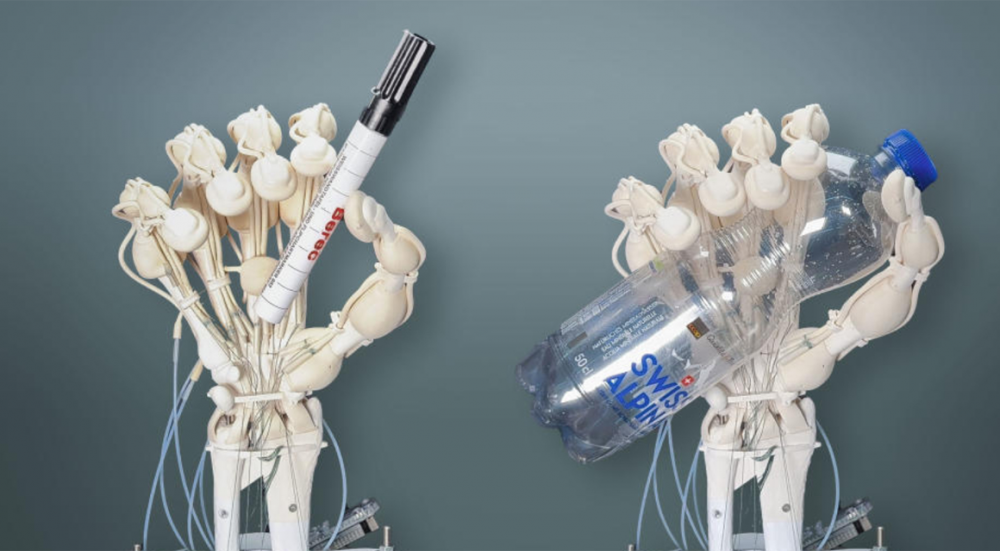Researchers from the ETH state university in Zurich have achieved a historic success in cooperation with the US startup Inkbit. For the first time, a robotic hand consisting of bones, ligaments and tendons has been produced using 3D printing technology. This new technology makes it possible to simultaneously print robot parts made of special plastics with flexible qualities using different polymers of different softness and hardness.
.png)
Parts of the robot hand were created by 3D printers from "special plastics with elastic qualities" thanks to a new laser scanning technique. The developed hybrid printing method offers greater durability and improved elastic properties compared to standard quick-dry projects. This technology also allows for a more accurate imitation of nature.
Robert Katzschmann, professor of robotics at ETH Zurich, says robots made of soft materials have advantages over traditional metal robots. These soft robots pose less risk of injury when working with humans and are more suitable for working with fragile materials.
MIT-affiliated startup Inkbit played an important role in the development of this technology. The company plans to sell the newly manufactured printers to manufacturers and will also offer small organizations complex 3D printing objects using this technology.








